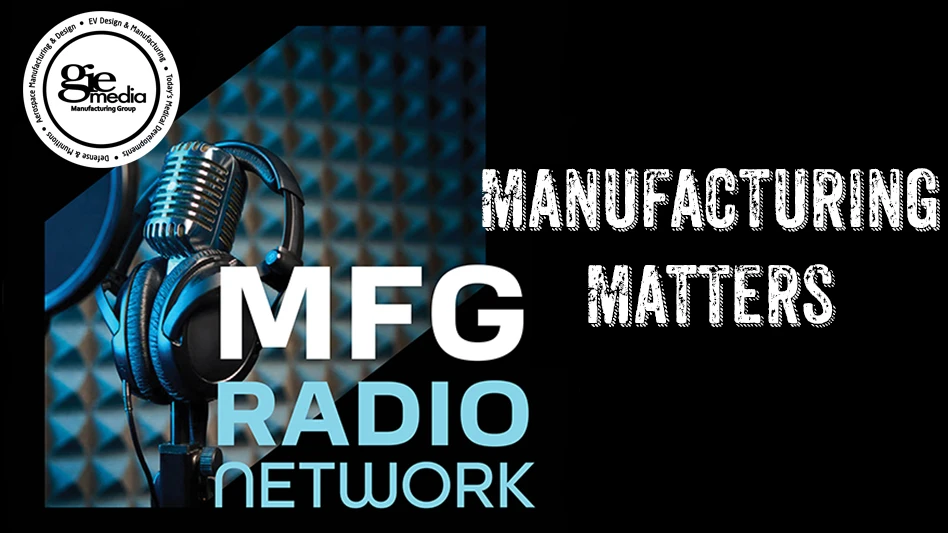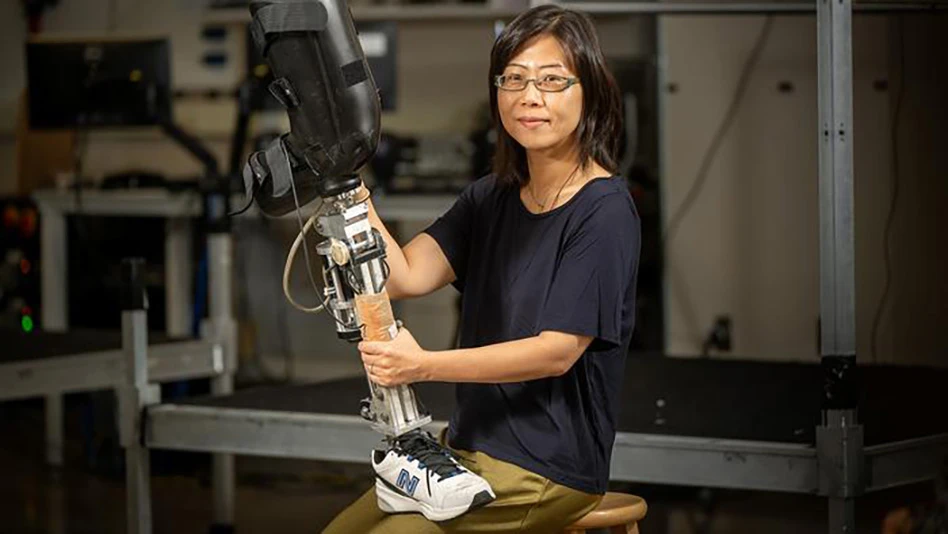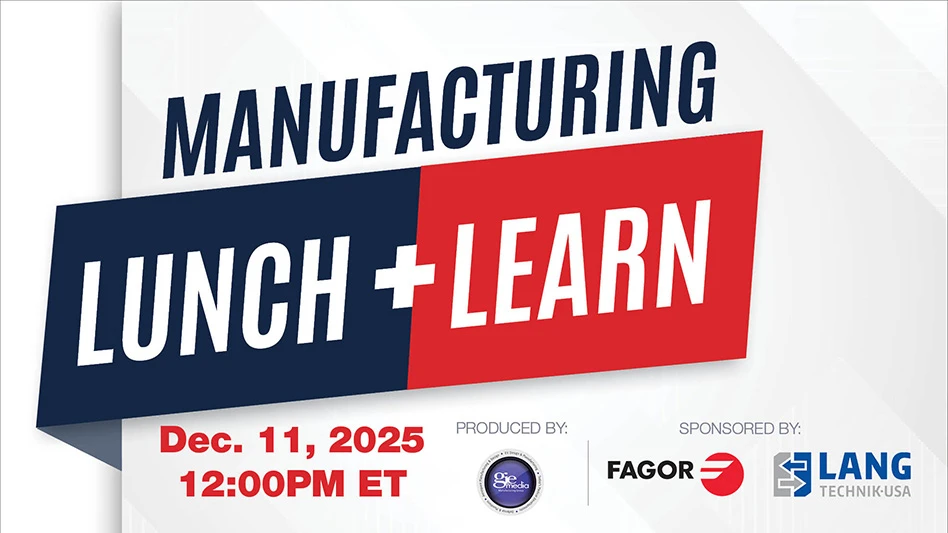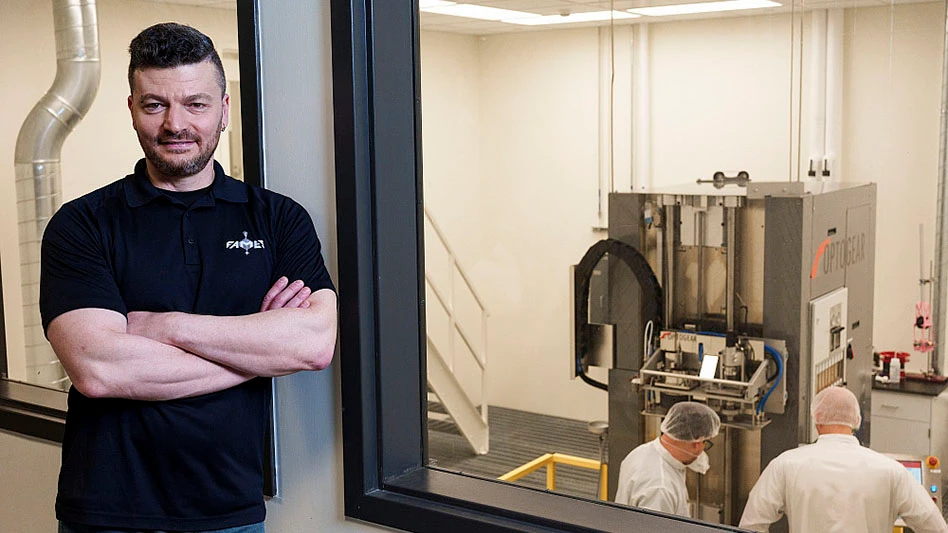
Cleveland, Ohio – A recent study by Transparency Market Research, Drug-Device Combination Products Market – Global Industry Analysis, Size, Share, Growth, Trends, and Forecast, 2013 – 2019, forecasts that the global drug-device combination products market will grow at a CAGR of 7.9% between the years 2013 to 2019. TMR, a market intelligence firm based in the United States, in its report says that the global drug-device combination products market, which was valued at $66 billion in 2012, will report a market value worth $115 billion by 2019.
The global drug-device combination products market is primarily driven by factors like rising incidence of cardiovascular diseases, pain causing anomalies, colorectal cancer, diabetic retinopathy, asthma, prostate cancer, the problem of obesity, and a rapidly growing geriatric population. Drug-device combination products basically refer to individual products that comprise two regulated components, which are a medical device and an active pharmaceutical ingredient that are either physically or chemically combined for producing one product. The drugs that are present within the device are either surface coated or impregnated. Due to their usefulness in the area of advanced medical care, combination products these days are considered to be highly innovative medical products.
The global drug-device combination products market is segmented based on its various types, and geography. Based on types, the global drug-device combination products market is classified into infusion pumps, drug eluting stents, orthopedic combination products, photosensitizers, inhalers, wound care combination products, transdermal patches, and other drug-device combination products. Peripheral vascular stents and coronary stents are the two sub categories under the drug eluting stents category. The different types of infusion pumps are ambulatory infusion pumps and implantable infusion pumps. Orthopedic combination products include bone graft implants and antibiotic bone cement. The different types of inhalers dominating the global drug-device combination products market are dry powder inhalers, nebulizers, and metered dose inhalers. The other drug-device combination products include drug eluting beads and intraocular implants. Latest technologies like implants with drugs that promote lesser morbidity, pain relief, and faster healing are expected to drive the global drug-device combination products market in the forthcoming years.
From the regional perspective, the global drug-device combination products market is dominated by North America in revenue terms. However, owing to rising incidence of diabetes, obesity, and cardiovascular diseases, the most lucrative market in the entire drug-device combination products market is the Asia Pacific. The global drug-device combination products market is expected to witness significant growth in the years to come owing to factors like rising demand for minimally invasive surgeries, NGO, and government initiatives for promoting drug delivery implants, and increasing number of interventional cardiologists. A major growth restraint in this market is that of product recalls, due to adverse side effects to patients.
Some of the key players operating in the global drug-device combination products market are W. L. Gore & Associates Inc., Terumo Corp., Stryker Corp., Pinnacle Biologics Inc., Mylan Inc., Medtronic Inc., Medline Industries Inc., Ethicon Inc., C.R. Bard Inc., Covidien PLC, and CareFusion Corp.
Source: Transparency Market Research
Latest from Today's Medical Developments
- GrindingHub Americas launches in 2027 in Cincinnati, Ohio
- Methods Machine Tools now offers the Nakamura-Tome NT-Flex
- Battelle awards $900,000 in STEM education grants to Ohio schools
- #55 Lunch + Learn Podcast with KINEXON
- Starrett and Gerstner offer limited edition, American made 1950s replica wooden machinist tool chests
- EMCO’s UNIVERSALTURN 50: The new benchmark in universal turning
- Archetype's Expertise for Equity accelerates early-stage innovation
- Stratasys expands its AM solutions with Tritone's cutting-edge technology





